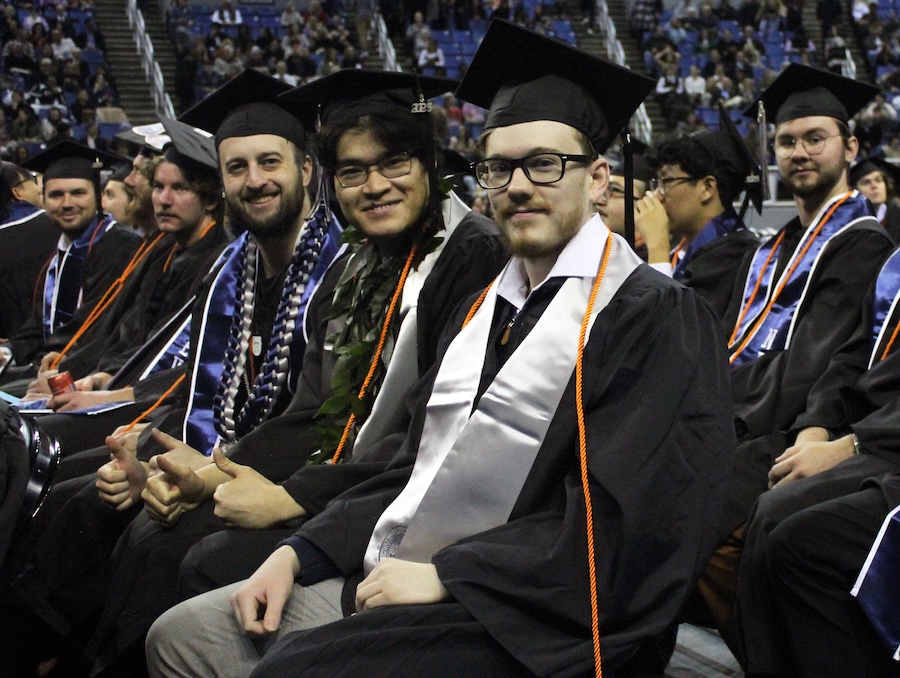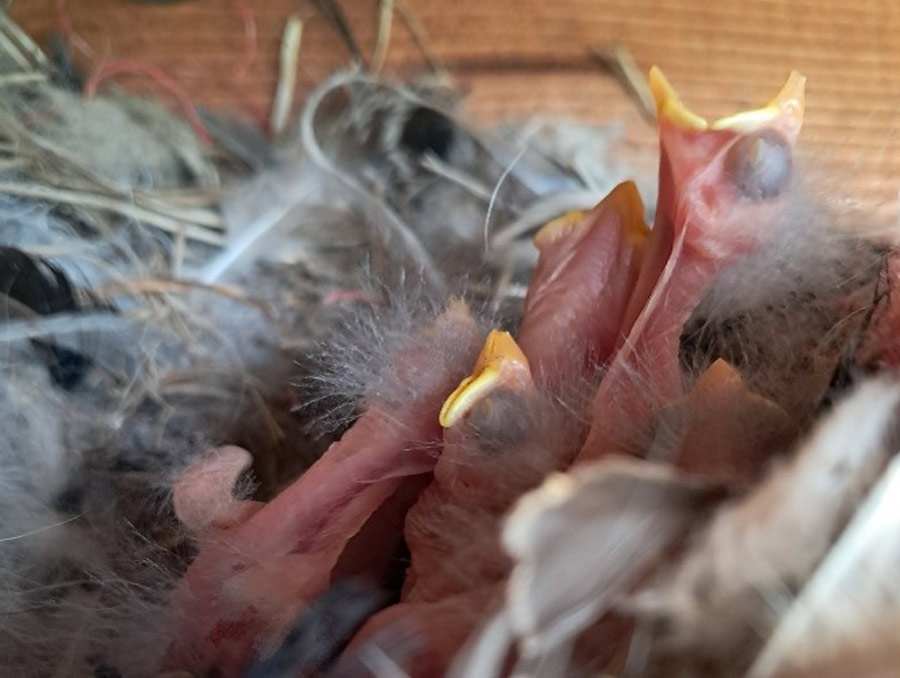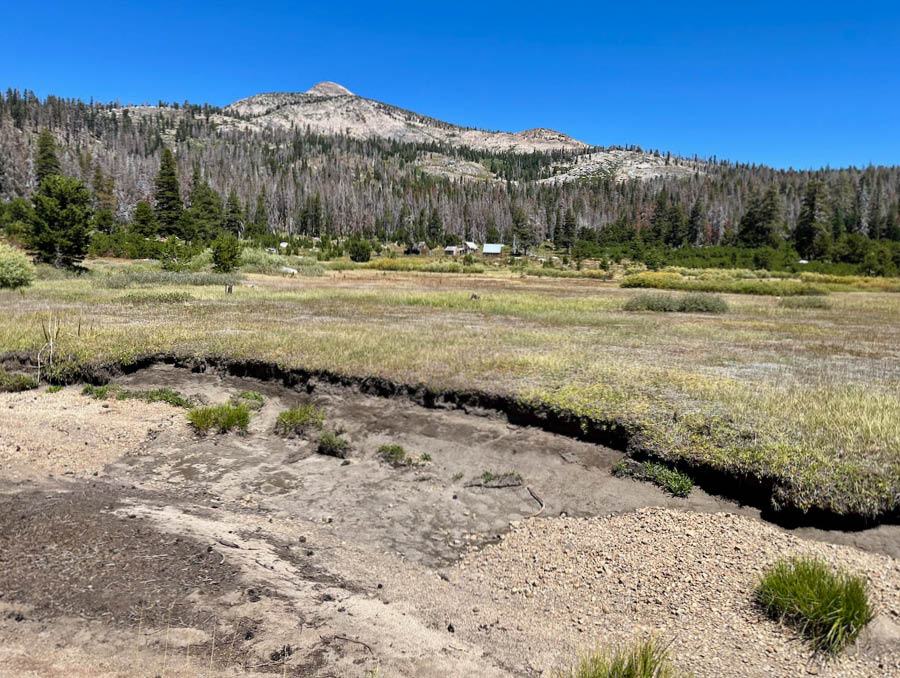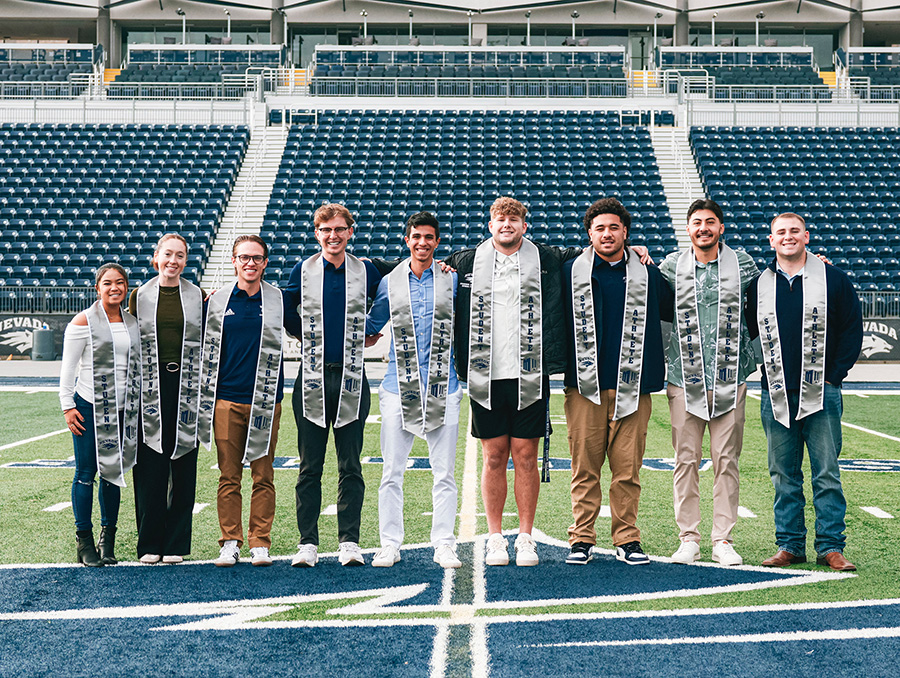A faulty antenna kept the defending champs from taking first in the 2008 University Rover Challenge at the Mars Desert Research Station in Utah June 7. The University of Nevada, Reno team was narrowly beaten by Oregon State, and first-time entrant from the York University of Toronto, Canada came in third.
“We are all a bit tired and still recovering from the 12-hour drive back, but the team did great,” said Nevada team adviser and associate professor of mechanical engineering Eric Wang. “Advisers Jeff LaCombe, Wendy Calvin and I are extremely proud of the students. This is the only contest I can think of that combines engineering and science into a single competition, and so it provides an invaluable experience for the students.”
Oregon State took the top spot when they were the only team to successfully locate the "distressed astronaut" during the navigation challenge. The Nevada rover did finish that challenge, but mechanical failures prevented them from reaching the astronaut. The antenna problem interfered with communications, so following a score penalty to reset its rover, the team navigated back within 80 meters of the astronaut. Team members had the rover turned directly towards the astronaut, but the faulty antenna caused a communications failure that led the rover to roll over while climbing a steep hill.
“The team was excellent in the other three events so we were a close second overall,” Wang said. “We faced some very good competition this year in addition to some really bad weather with the rain and wind. And the tasks required were much harder this year because we had to complete two science and two engineering tasks with the rover. Thanks to our outstanding science team, we won in both science tasks for biology and geology.”
Team members made quite a few improvements on this year’s rover compared to the 2007 entry. This year’s edition featured wheels that could turn independently and motors placed much higher off the ground to improve maneuverability. In fact, before they left for the competition, Blake Poe, a team member who is finishing up his master’s thesis in mechanical engineering, seemed more concerned about venomous hobo spiders in the Utah desert than about the attributes of Nevada’s rover.
“We really worked hard on it,” Blake Poe, a team member, said. “We integrated the whole computer system so we’d have full-circle programming to everything, and we knew it had to work well on extremely rough terrain.”
Other team members include: Travis Fields, Gregory Kraus, Chris Reede, David Welge, Tommy On and David Anderson from mechanical engineering; Brad Towle and Austin Stanhope from computer science and engineering; Tracey Van Gundy and Jill Pocock from geophysics; Kurtis Clark and Matt Savage from material science and engineering; Matt Weller from geological engineering; Matt Savage from material science and engineering; Daniel Heywood from physics; Jill Pocock from geophysics; Austin Stanhope from computer science and engineering; and high school students Harrison Edwards and Alyssa Carothers
This was the second annual competition put on by the Mars Society, which utilizes public outreach to “instill the vision of pioneering Mars.” The desert just outside of Hanksville, Utah, is the home of the Mars Desert Research Station and is one of four planned simulated Mars habitats maintained by the Mars Society. While much warmer than Mars, the desert location is selected because of its Mars-like terrain and appearance.
“We look forward to next year,” Wang said. “The students involved have all committed to regain the title in 2009 and they are already working on designing modifications to this year’s rover.”










